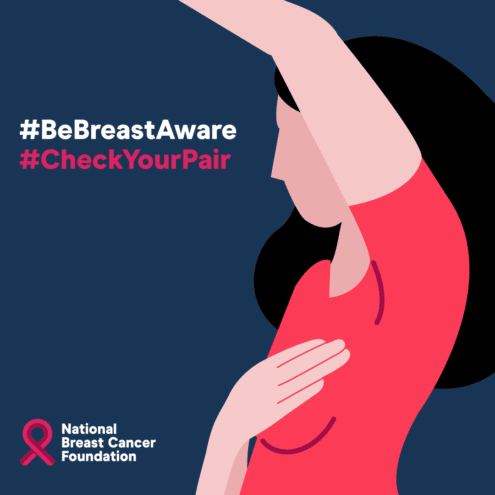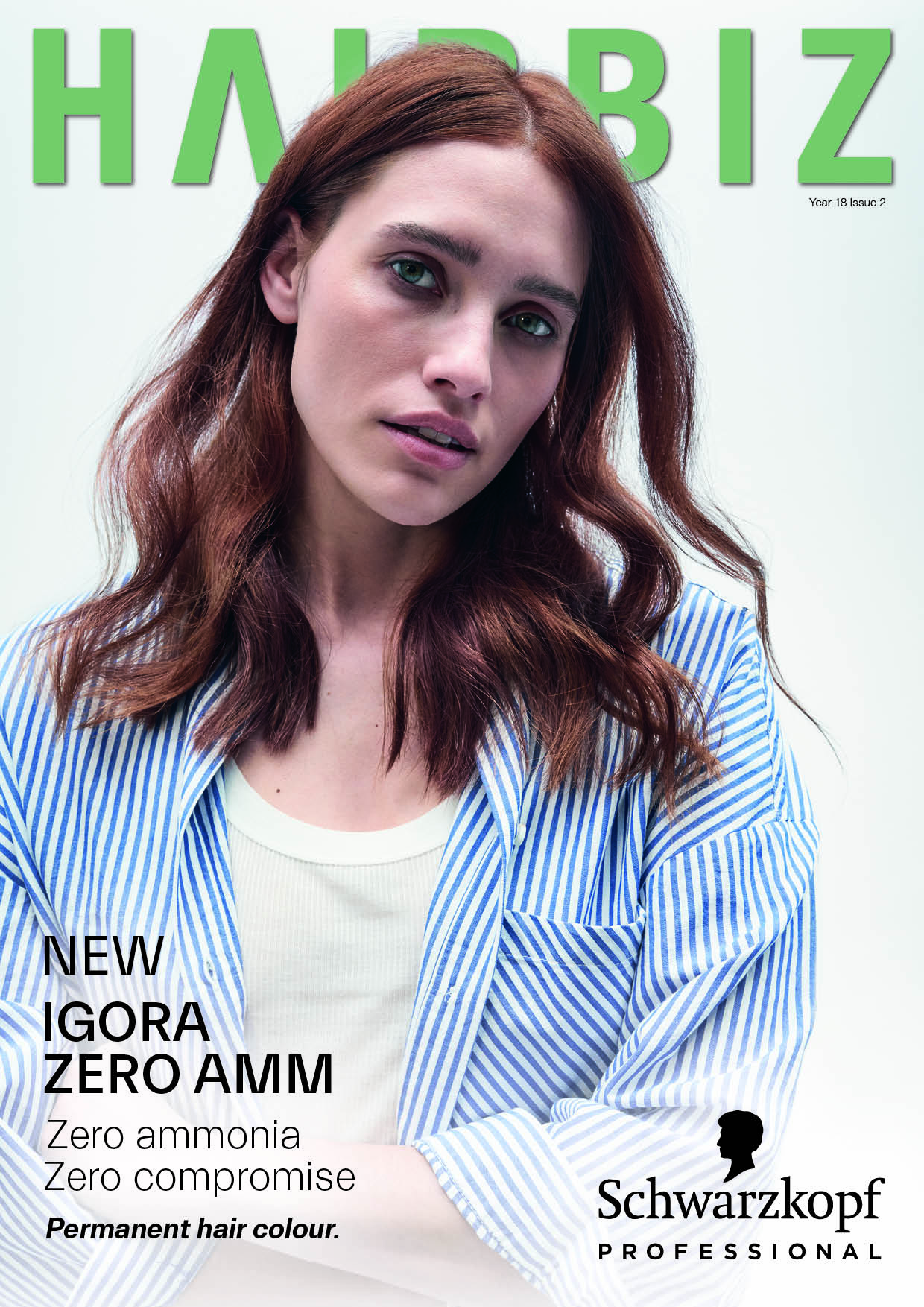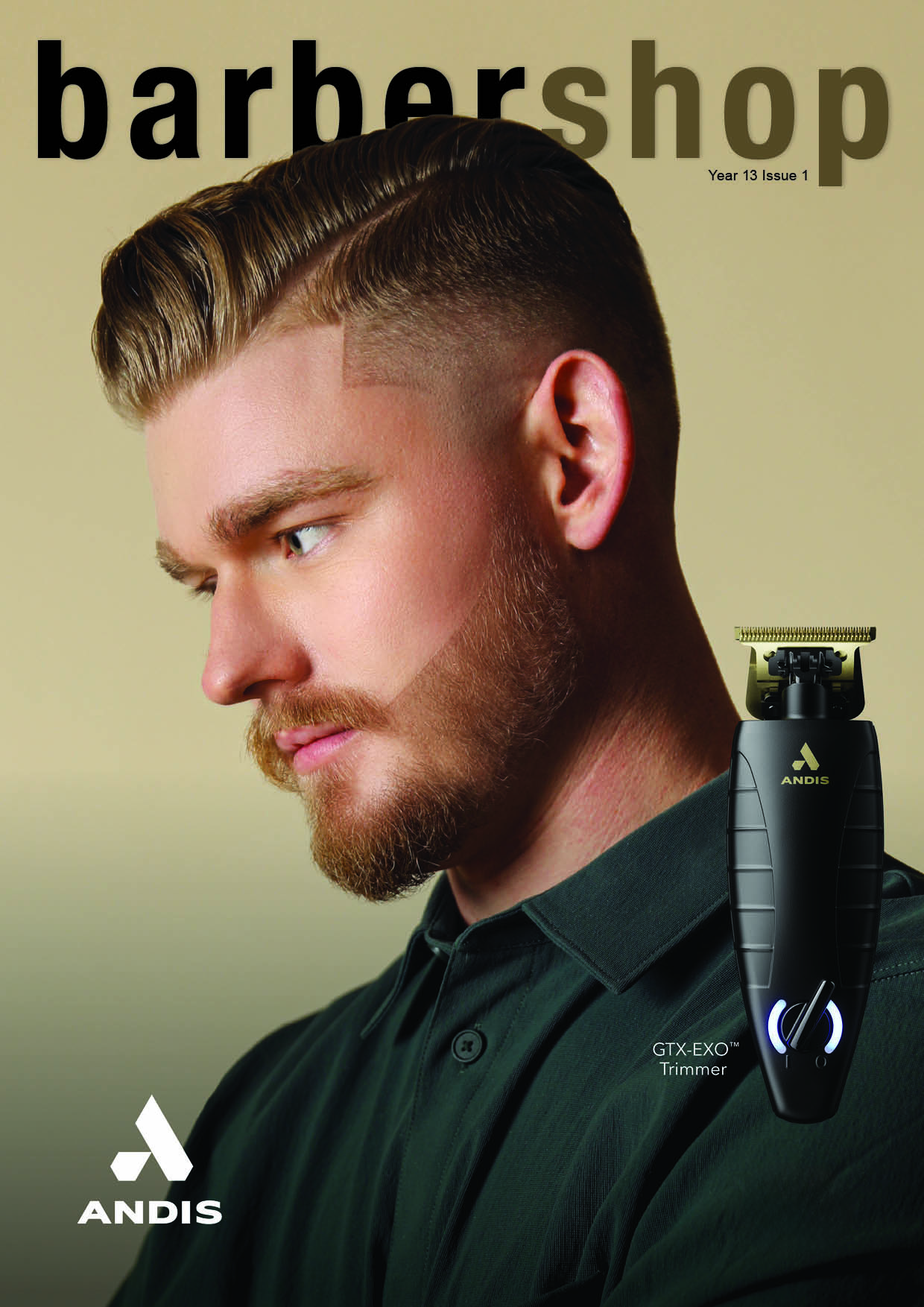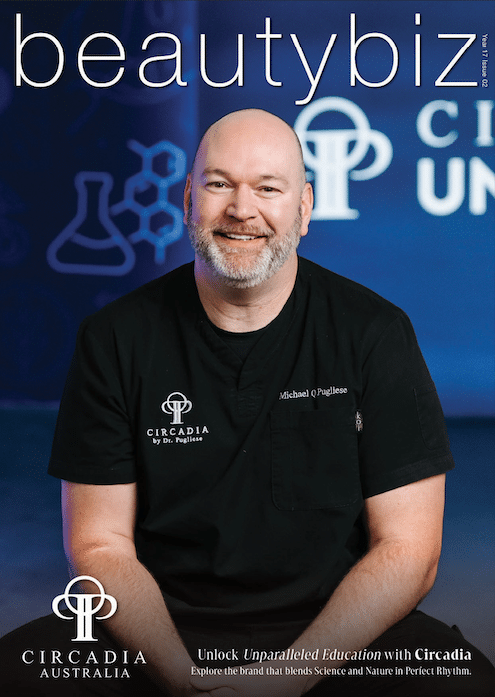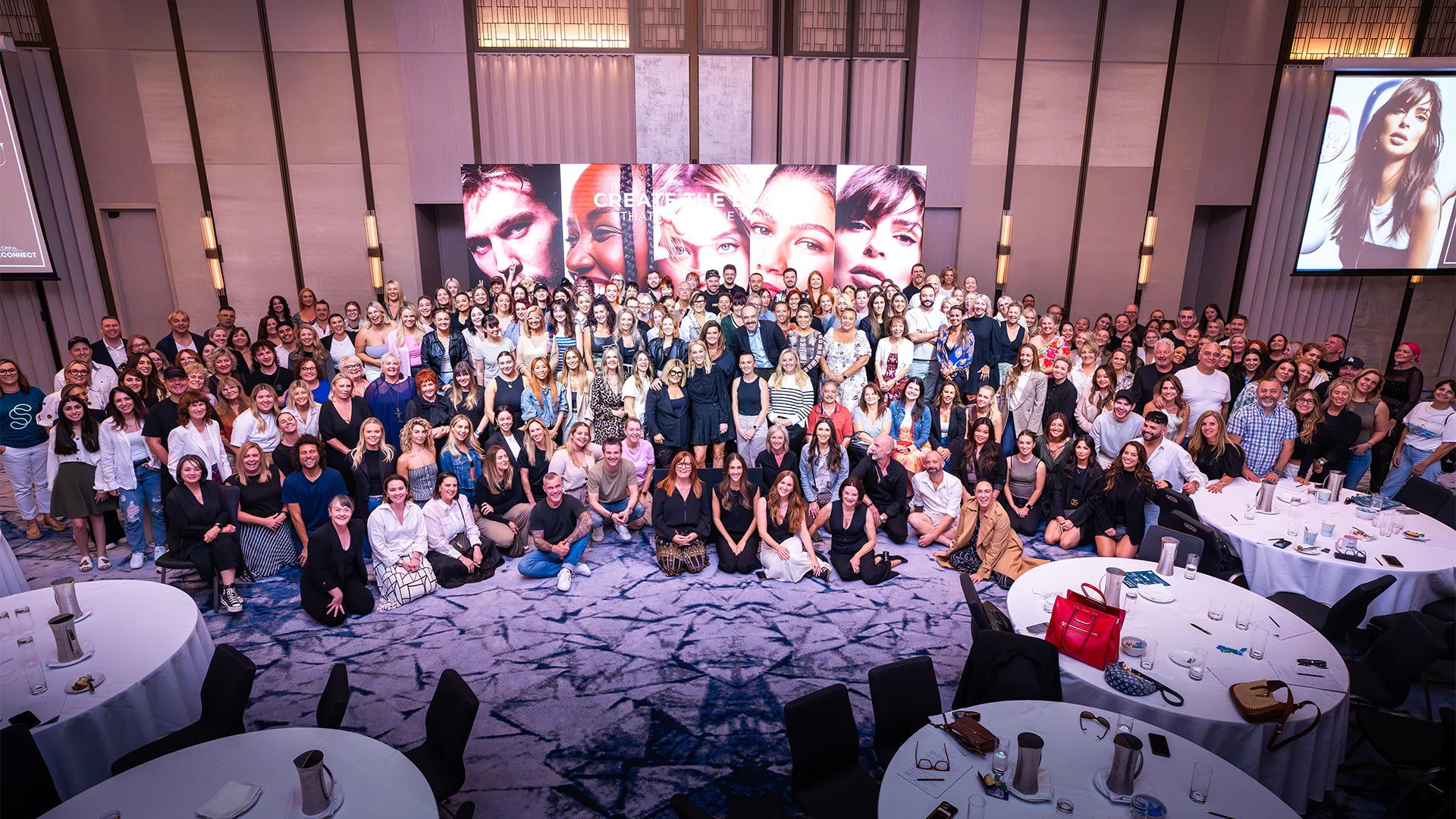A ghd campaign raising millions for breast cancer research while urging women to ‘take control now’ by regularly checking their breasts has been recognised by the national peak body for Australian health and medical research.
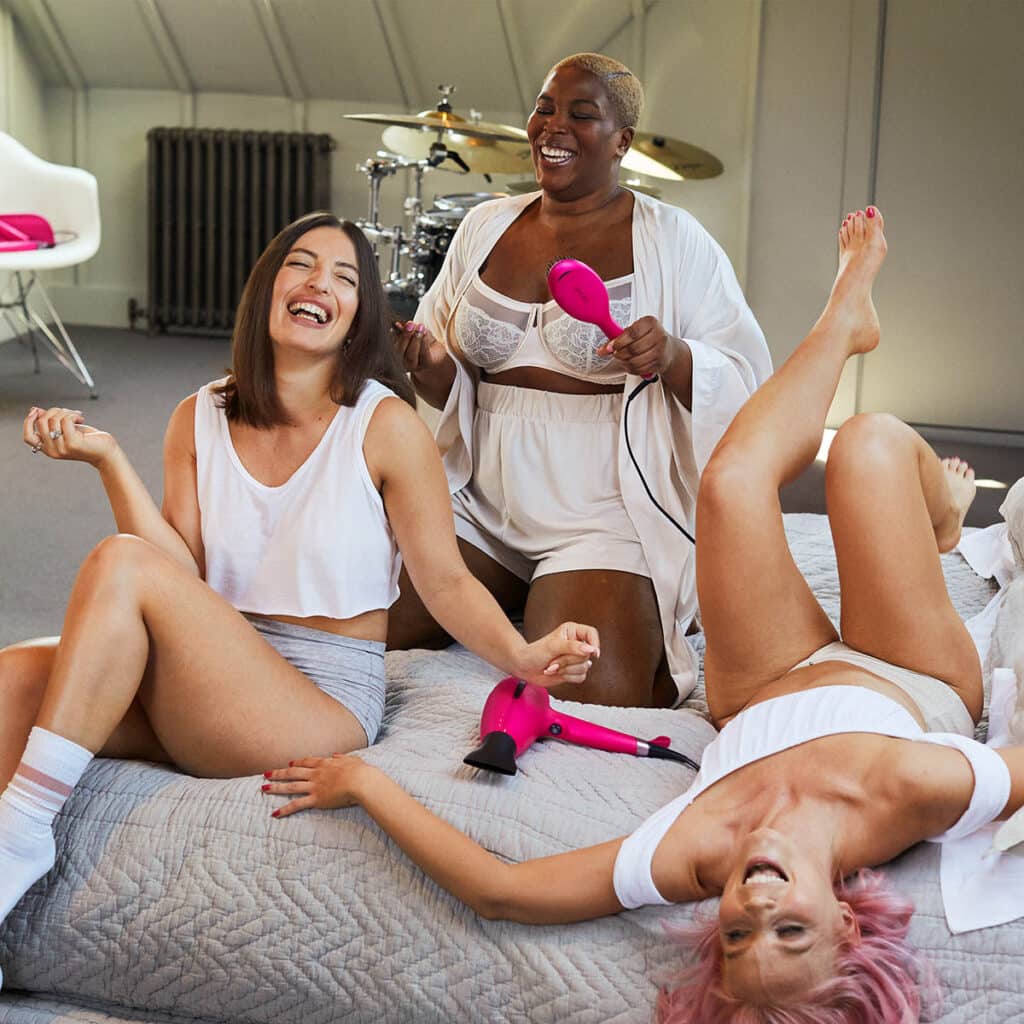
With a consumer base heavily skewed towards younger women who may not be aware of their breast cancer risk, ghd created a bespoke campaign empowering women to be “breast aware” and to take action now with regular self-checks. The company’s strong support for the National Breast Cancer Foundation has seen the ‘Take Control Now’ reminder for breast awareness emblazoned on its hair care tools and spread through social media, and money from sales donated to cancer research over the past 18 years.
Recognising this long-term commitment and impact, Research Australia has announced ghd as a finalist in the Advocacy category of its national Health and Medical Research Awards.
The Advocacy Award, sponsored by AbbVie, recognises exceptional contributions by an individual or team who has supported Australian communities through championing and raising awareness about the importance of health and medical research. ghd has raised more than $4.5m for the National Breast Cancer Foundation in Australia, and over US$22m for breast cancer charities globally.
Ludovid Dellazzeri, ghd’s Managing Director Australia and New Zealand, said the brand actively sought to correct the misperception that breast cancer was a disease affecting older women.
“Our mission is to empower women, and giving them the confidence to take action for breast checks is an important part of that,” he said.
“Speaking to our large community of younger women, we encourage them to take control now of their own health and their own destiny by self-checking, because that’s the best way to catch breast cancer early and ultimately have better health outcomes.”
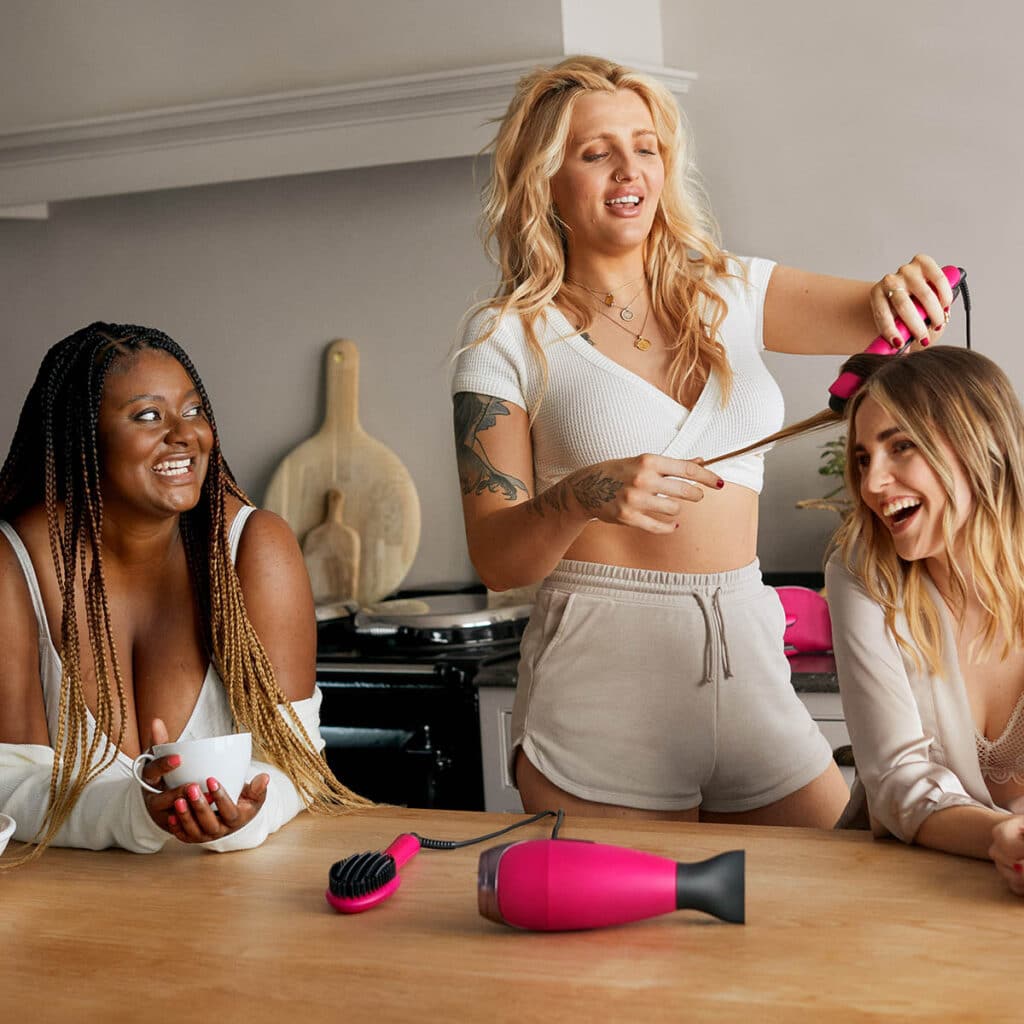
Research Australia CEO Nadia Levin said ghd’s campaign showed the leading role that brands could play in supporting life saving research.
“ghd has reached into the daily routine of young Australian women, reminding them of the importance of breast checks when they pick up a hair straightener with the ‘Take Control Now’ message, or flick through the ghd social channels for hair tips,” Ms Levin said. “This campaign connects with audiences who might tune out from more traditional health advocacy, sharing important body positivity messages with vital health education.
“We congratulate ghd for its ingenuity in its long-term commitment to breast cancer awareness and research, and are excited to be recognising this in our 2022 Awards.”
Breast cancer is the second most diagnosed cancer in Australia, with approximately 57 Australians diagnosed every day. Self-checking breasts for changes and lumps is crucial for early detection and treatment, but a lack of awareness or confidence around breast-checking remains a barrier, particularly for young women.

How Should I Check My Breasts?
Take the time to ‘get to know’ how your breasts normally look and feel through normal regular activities (such as showering, getting dressed, using body lotion or looking in the mirror).
You don’t need to use a special technique, but ensure you look at and feel your breasts regularly. Make sure this includes all parts of your breast, your armpit and up to your collarbone.
For women of all ages, it is recommended that you be breast aware. Breast awareness is being familiar with the normal look and feel of your breasts, so that you can identify any unusual changes (such as a new lump, thickening in the breast, especially if it is only in one breast, changes to the shape or size of the breast or changes to the shape of the nipple).
What should you look for in your breasts?
Be aware of any new or unusual changes in your breasts. If you notice any signs or symptoms of breast cancer (such as a new lump, thickening in the breast, especially if it is only in one breast, changes to the shape or size of the breast or changes to the shape of the nipple), see your doctor immediately.
Sign or symptoms of breast cancer will depend on where the tumour is, the size of the tumour and how quickly it is growing in the breast. For example, some women will not have any symptoms and the breast cancer is found during a screening mammogram (a low dose x-ray of the breast).
More information: https://nbcf.org.au/about-breast-cancer/detection-and-awareness/
